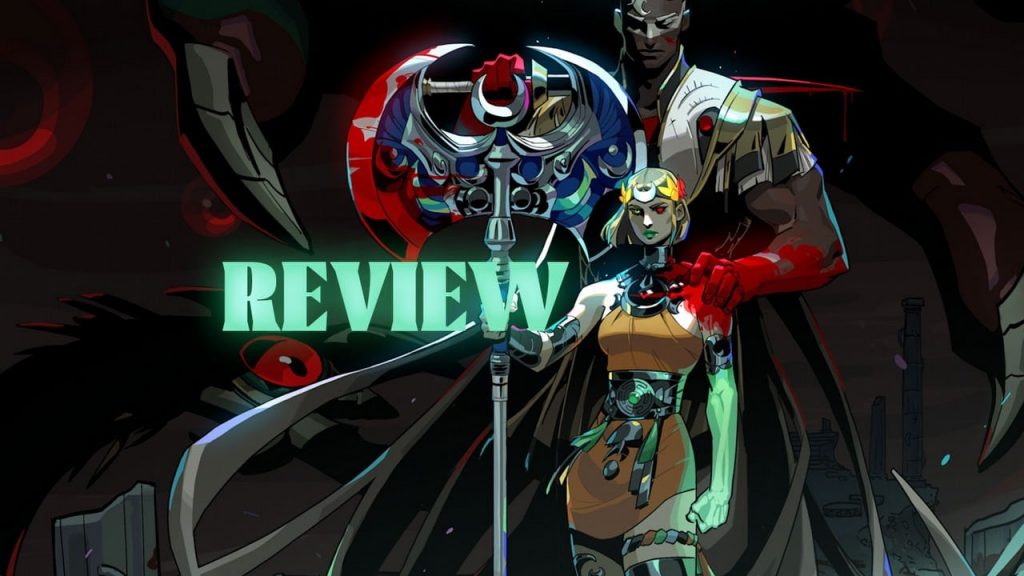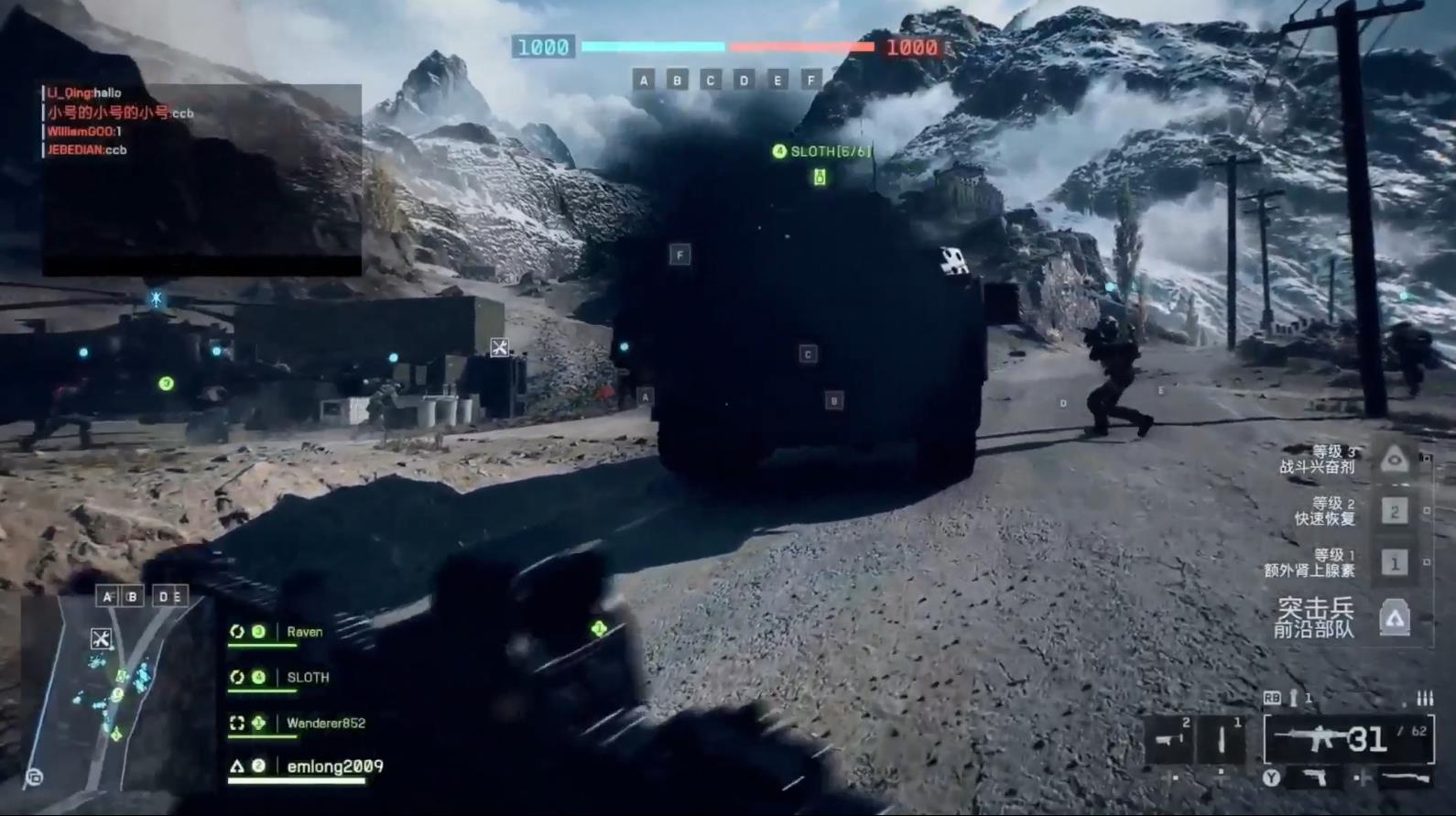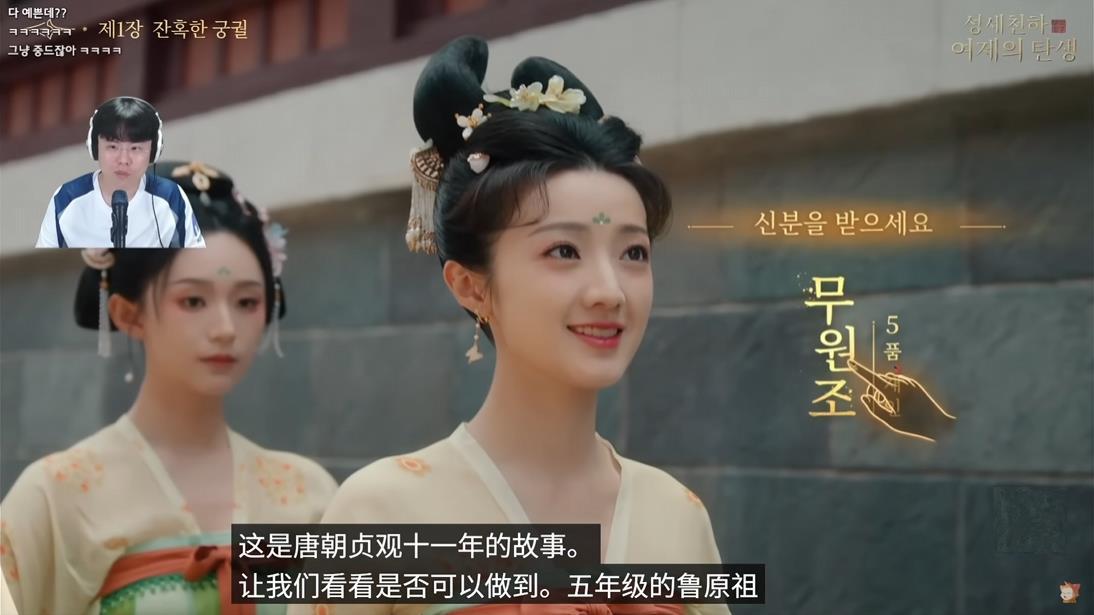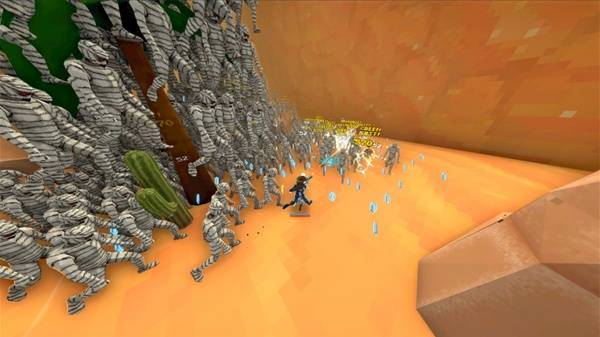Five years ago, we fell in love with Hades for its unique art style, witty dialogue, and super addictive gameplay. The sequel faced the enormous challenge of playing on nostalgia while also delivering something new. Did it succeed?

The first Hades was all about Zagreus trying to prove himself to his dad by taking on personal challenges. In the sequel, the main character must not only save her family but the entire world. Raising the stakes will appeal to those who didn’t feel threatened in the first installment. Even though the main character, Zagreus’s sister Melinoe, is a goddess and can’t die, the ticking clock mechanic, combined with tension-filled dialogues that pretend to be calm, really gets your adrenaline pumping.
Myths and Legends
Freed from his prison in Tartarus, Chronos kidnapped the residents of Hades, including the family of Zagreus, imprisoning the powerful lord of the underworld. However, a handful of characters managed to stand up to the Titan’s rule, like Hekate, who ended up taking care of little Melinoe.

Hades 2 was created with respect for the myths and a focus on maintaining internal consistency in the story, while making the characters genuinely lovable. I don’t know about you, but I prefer the slightly grumpy yet basically good-hearted Hades from Supergiant’s games over the vengeful god from mythology who kidnaps innocent Persephone.
Brilliant NPCs
In Hades 2, we encounter many non-playable characters. Some, like Hypnos, the god of sleep, were already introduced in the first Hades, but the vast majority appear in the series for the first time. For example, Hecate, the adoptive mother of Melinoe. After Hades and Persephone were taken, she took care of the little goddess, slowly getting her ready to become a great worrior. She is one of the most complex supporting characters in the entire game, combining a nurturing nature with the demanding character of a teacher. No wonder she’s the first boss too.
Odysseus is also noteworthy, as his pride in the achievements of his earthly life intertwines with a sense of embarrassment in the presence of the straightforward Melinoe. And then there’s Moros, the envoy of the Moirai, with whom he doesn’t always agree. It’s truly remarkable how skillfully Supergiant managed to blend the character of a modern anime character with ancient Greek roots. There’s also Dora, my favorite! She plays a role similar to Dusa from the first game, but maybe because the sequel has fewer comedic moments, her exaggerated character can actually be pretty funny.

Eris, the goddess of discord, best fulfilled the duty of irritating the protagonist herself, cluttering Hades to spite the order-loving Melinoe. However, the dialogues with her are genuinely funny, and it’s a pity she didn’t play a more significant role in the game. It was also cool to listen to Artemis, the goddess of the hunt, whom the writers made into a peer (at least in terms of personality and style) of Melinoe. She occasionally helps us during battles. You will surely also like the familiars, which are a novelty both mechanically and narratively. They are useful in combat and are really cute. I only regretted missing the opportunity to unlock them earlier in the game.
In theory, the main storyline can be finished in 20 hours if someone is really rushing, maybe even a bit less, but it requires skill. Unless we switch to a narrative/god mode. So, in this case, to keep it under twenty or even thirty hours, we’re gonna have to cut out a lot of important dialogue. Completing most tasks and main side quests without rushing takes about 70 hours. Mastering the game, considering you need to learn the bosses and often the waves of enemies, takes about 100 hours in total. For a game that is neither an RPG nor even an action game, that’s a more than respectable number.
Musician. Genius. Oscar?
The soundtrack deserves its own paragraph. If games had Oscars, Darren Korb would be competing this year with Lorien Testard (Clair Obscur: Expedition 33). The tracks are really varied, capturing the seriousness of the main storyline, the intensity of battles, and the more laid-back vibe of some side activities. You can literally groove to the sounds of one of them with Artemis, while another one paints a picture of battling Scylla and her band, using music as the weapon. Those who expected familiar sounds from the first installment of the game won’t be disappointed—the main theme of the sequel will remind even those with a tin ear of the one from the original. But the whole is much more than that—suffice it to say that the score is enough for almost 4 hours of listening. You can’t fault this aspect of the game even if you tried; the soundtrack is simply mesmerizing, creating a unique atmosphere.

A roguelike with elements of a visual novel and RPG
But I forgot the most important thing – combat! After all, Hades 2 is a roguelike! With elements of visual novel and RPG, but still a roguelike. There is a lot of combat, and it’s interesting enough that the player doesn’t get bored repeatedly engaging in it to develop their own skill. There are tons of builds, and each of them provides a completely different experience. I enjoyed playing with daggers the most, even though I usually opt for heavy weapons in this type of game.
In every battle, we can use a regular attack, special attack, dodge, spell, and charm. The former provides execution speed and damage according to weapon type. You can mix them into combos, and each time you use them, they’ll look a bit different. The special attack is also linked to the weapon type, but not directly. Like, with an axe, you’re still doing close combat, but it gives you different effects. And with daggers, you can throw them to hit enemies from pretty far away.

Spells work best when combined with a series of blows or when we have appropriate divine boons. I used them a bit less than both attacks, but that’s a matter of individual builds and personal preferences. A charm is a more powerful spell that takes a bit longer to charge. Using it the right way can often turn the tide in our favor, even in battles that seem lost. The dash looks a bit different than Zagreus’s dodge in the first game, but it’s still essential in even short clashes. The devs, however, don’t reward its use at random, which is commendable.
The controls are really intuitive and don’t strain your fingers, even when playing on the keyboard. Supergiant really nailed the technical side of things – the menu’s got loads of useful options without any unnecessary clutter. The interface looks fresh and friendly. I only missed a few options to limit the roguelike elements of the game.

Fights, at least at the beginning, last only a few minutes. Eventually, we die… Or rather, we lose all our HP, because Melinoe is an immortal goddess, after which we respawn at the Crossroads. After each run, we can talk to/gift other NPCs once, upgrade skills, and move on. At least up to a certain point, this keeps you hooked on the game.
One of the most characteristic elements of the series is boons, which are bonuses to stats (to keep things challenging, they are often only active for certain attacks/spells/combinations/behaviors). We receive them from the gods (mostly the big Olympian ones), who are our relatives. Before getting each boon, we have a short conversation with them, sometimes significant from the perspective of the main storyline, so it’s worth listening carefully. Each time we have three bonuses to choose from. At first, you usually get the common stuff, and the rare ones show up less often. Later on, you can get your hands on epic and legendary boons.
PROS:
new physics for weapons, spells, and dodges;
many side activities;
well-written dialogues;
a main character you can’t help but like;
high difficulty level…;
… which gradually becomes lower, somewhat tailoring the gameplay to the player’s needs;
main ending;
beautiful graphics;
story;
awesome soundtrack;
optimization.
CONS:
occasional bugs related to the cause-and-effect sequence in the hell mode;
an ending that leaves the player slightly unsatisfied.
Crossroads and Arcana cards
In the main hub, known as the Crossroads, we can discover Arcana (powerful cards that provide useful bonuses in combat), brew Incantations (which primarily play a role in the story, but not exclusively), trade, cultivate a garden (using the seeds to develop the character), and check if we have fulfilled the prophecies (a very important task both script-wise and mechanically in Hades 2). Furthermore, we can choose equipment, develop weapon Aspects, undertake Chaos Trials (which involve fulfilling specific, short-term goals in the rune), train, form Covenants, and adjust the Fear level (which means increasing the difficulty). And that’s not all! Besides that, we should also work on building relationships with other characters.

We can fight in two places (three, if we count the aforementioned Chaos Trials): in hell (we then descend to the next circles of the underworld) and on the surface (we then strive to defeat Chronos). They’re really different from each other – you face different enemies in each, have different goals, different bosses, and different builds that are more useful in battles. If we want to uncover the entire story of the game, we must simultaneously fight on both fronts.
Good performance and colors
What’s really important is that the game is super stable. It never crashed on me, and I didn’t run into any mechanical bugs. The optimization team did an awesome job because Hades 2 runs smoothly and doesn’t hog too much RAM, even on older laptops (I tested it on my few-year-old one). On newer rigs, it looks stunning in high resolution with amazing detail and vibrant colors.
The color scheme is one of the game’s strongest points. Every region has its own unique vibe, while still keeping the colorful and distinctive tones of the series. The designs of the individual gods are enticingly vivid, making you want to draw them. Since taking on that task would be way harder than beating Chronos, you can satisfy your need to look at cool stuff with some awesome concept sketches from the game.
Ending with a sense of incompleteness, but is it not the end?
The ending of the main storyline leaves me a little unsatisfied. It’s not entirely disappointing, but it feels like something is missing. Perhaps something that the devs will add in one of the patches or DLCs. Although Supergiant doesn’t usually release the latter, so it’s hard to say if we’ll see more story content.

To add a bit of a reality check, I must throw a spoonful of tar into the Hades caldron. Unfortunately, after a while, the same old fights typical of the genre start to get a bit boring. I know it’s a roguelike, and it was the same in the first installment, but Supergiant Games could surely come up with some mechanical compromise between genre distinctiveness and quality-of-life improvements. Perhaps it would be reasonable to gradually reduce the size of the rooms in the early stages of a run as you progress through different regions? Or maybe Supergiant Games will introduce the option to shorten the early stages of runs in one of the upcoming updates? I would be very pleased with that.
I also have mixed feelings about the game’s structure. While fighting with long-range weapons is optional if you love close combat, opting out of it means missing important story elements. This forced me to play with every style. Sure, it wasn’t a huge deal, but for a game that provides hellish pleasure for the majority of the gameplay, it seems like a misguided idea.
VERDICT:
Hades 2 is an extremely successful sequel to the cult game. Both the seasoned pros and those new to Supergiant games are going to have a blast with it.
Find all our reviews on Metacritic, Opencritic, and CriticDB.















暂无评论内容